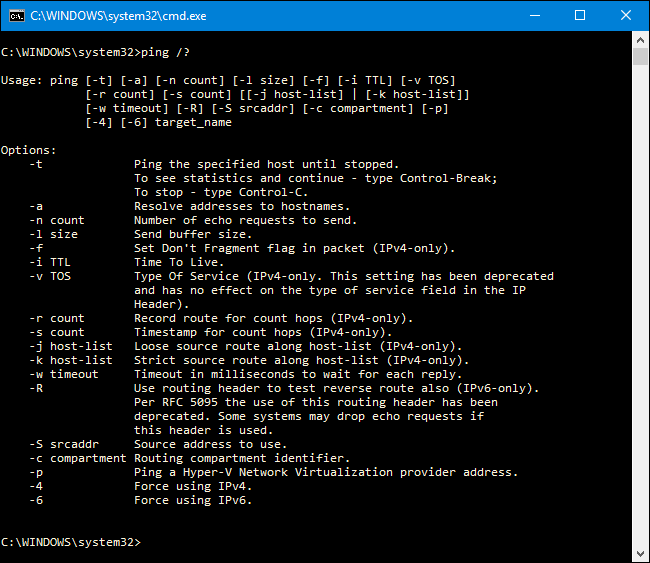How to Use the Linux Ping Command
PING, or Packet Internet Groper, is one of the most popular Linux commands. Its main purpose is to manage the network connection status between the source and the device using an IP network. In this tutorial, you will learn how to use the ping command.
What is the Linux ping command?
With the ping command in Linux, we can access the network’s duration of sending and receiving responses. It works by sending a series of ICMP protocol messages to the target host and waiting for an ICMP echo message from the host, which informs us that the network is online.
It sends an ECHO_REQUEST message and waits for an ECHO_RESPONSE. If it shows the message “fast ping, low latency,” the connection is fast. The speed of this connection is measured in milliseconds.
Due to its many applications, PING is installed by default on every computer, VPS, or modern device. The ping command is a quick and simple way to check performance between a device and a host.
Ping provides detailed connection details for all types of networks, from local area networks (LANs) to wide area networks (WANs). It also receives a statistical summary, including the minimum and maximum rounds, the number of packets sent and received, the percentage of lost packets, and the average standard deviation. In addition, it allows the user to check the quality of the network connection between two devices.
You can determine the following by using the ping command between your computer and the target server:
- Status of the target host: reachable or not.
- Measurement of round-trip time (host – computer – host)
- The percentage of lost packages

How to install the Linux ping command
Remember, first, we need to access our VPS using SSH. If you need more guidance on this, visit this link. (Connecting to the server with PuTTY software)
Ping should be installed by default in most Linux versions. To check this, enter the following command in Terminal:
ping -V
If ping is not installed, do it with the following command:
apt-get update && apt-get install -y iputils-ping
How to use the Linux ping command?
Several options in Linux allow the user to test the connection between two networks. We will examine some of them in the following.
1. Checking Connectivity
Run this simple and quick command in your system to check the status of the host and the desired server or computer.
In this example, we check the network connection with Ded9.com:
ping Ded9.com
Note: If you are unsure about the host’s domain, you can use the host’s IP address or VPS.
- Min – refers to the minimum time to receive a response.
- Avg – shows the average response time.
- Min – indicates the maximum time to receive a response.
To stop the ping command in Linux, we need to use Ctrl+C to stop sending packets to the target host. You can use Ctrl+C to stop all terminal processes.
2. Determine the ECHO_REQUEST number
The c-command is used to specify the number of requests that the user wants to make.
The syntax is as follows:
ping –c * exampledomain.com
Here * is the number of pings you want to do.
3. Audible Ping
The Linux ping -a command creates a beep to check if the host is active and notifies you audibly.
The command will be as follows:
ping –an exampledomain.com
Remember, press Ctrl+C to end the ping process.
4. Determining distances
The -i option in Linux allows the user to set the time interval in seconds between each request.
An example of this command:
ping –i 2 –c 7 exampledomain.com
Here you can change the numbers as needed.
5. Get a summary of the network status with the ping command
If you just want to get a summary of the network, use the –q option on the Linux terminal command line:
ping –c 7 –q exampledomain.com
In this example, we still use -c 7 to make seven requests, but we only get the summary because of the addition of -q.
6. Filling the network with the Linux ping command
The ping command allows users to send 100 or even more commands per second using the following command:
ping –f exampledomain.com
This command is a great option to test how your website or server handles many requests.
Conclusion
Ping is a common tool for troubleshooting access to hosts on a network. The ping command helps us find out why a website is not loading and determine the reachability of a network device.
Since it is fast and simple, many users prefer to use it for troubleshooting.

